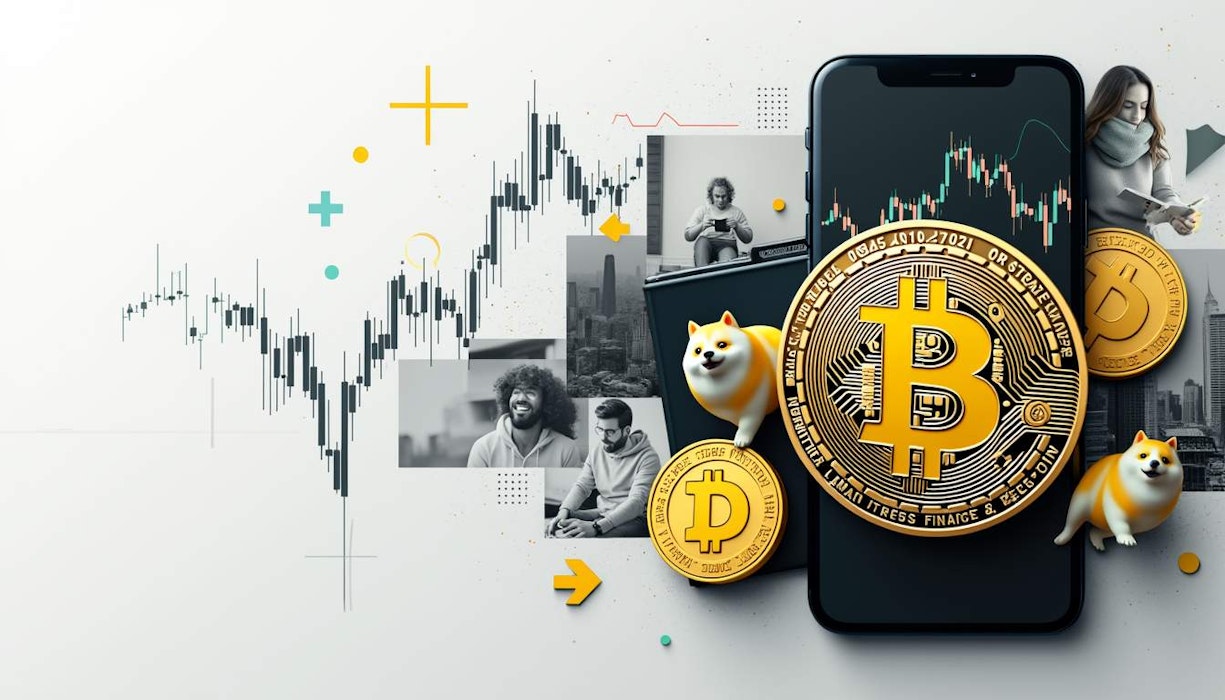Bitcoin's Price Rollercoaster
Bitcoin, the king of the crypto jungle, has been on quite the ride lately, hasn’t it? Just last week, it hit a staggering all-time high of over $108,000, only to nosedive below $93,000 shortly after. Now, it's hovering around $94,000. Welcome to the world of crypto trading in the US, where nothing is ever really stable.
What Drives Bitcoin's Price Swings?
The factors behind Bitcoin's volatility are complex and multifaceted. First off, there's the classic supply and demand dynamic. With a capped supply of 21 million coins and the halving event that cuts miners' rewards every four years, Bitcoin finds itself in a deflationary environment. This naturally leads to significant price swings as demand ebbs and flows. If demand spikes during uncertain economic times, prices soar; if it dips, well, you know the rest.
Then, of course, there's speculative trading, a massive player in Bitcoin's price game. Traders often react to expected price movements rather than the actual value of the coin itself. This creates a self-fulfilling prophecy situation where rumors, hype, and investor sentiment can cause massive price shifts.
Market sentiment is also heavily influenced by news cycles. Positive headlines can send prices soaring, while negative news often leads to panic selling. This cycle of news and reaction is a major contributor to Bitcoin's volatility.
Algorithmic trading adds another layer of chaos. These bots operate at lightning speed, acting on subtle triggers that can amplify market movements.
Institutional investors have entered the mix, bringing their own strategies and thresholds for buying and selling, which can further impact price movements. Their actions are often guided by signals and indicators that aren’t always transparent.
Lastly, let's not forget the human element. The herd mentality can be a double-edged sword. Speculators often follow the crowd, acting on trending news, rumors, or influential voices, which can lead to further price swings. And let's be honest, leveraged trading can turn a small price shift into a major event.
The Historical Perspective
Historically, periods of low realized volatility have often preceded significant price increases. So, if you're following the charts, this could be an indicator of future movements.
Dogecoin's Market Dynamics
Then there's Dogecoin, the meme that turned into a market player. Despite its origins as a joke, Dogecoin has captured a significant portion of the market. Recently, it dropped 20%, landing around $0.32, but some folks are betting on a recovery.
Speculation and Social Influence
Dogecoin's price is largely influenced by speculation. Its popularity on social media platforms and endorsements from high-profile figures like Elon Musk have fueled its volatility. Speculators often trade based on trends and hype, leading to rapid price changes.
The Inflationary Nature
Unlike Bitcoin, Dogecoin's inflationary nature means its supply is always increasing, which can impact price appreciation. And while some analysts predict significant growth for Dogecoin, achieving multi-trillion dollar market caps would require a lot of market expansion and favorable conditions.
The Altcoin Landscape
While Bitcoin and Dogecoin dominate the headlines, the world of altcoins is equally important. Other coins like Ethereum, Ripple, and Solana are key players that contribute to market dynamics.
Ethereum has shown strong performance lately, with its ecosystem of decentralized applications and smart contracts driving growth. Ripple has also had a good week with an 8% gain, and Solana and Litecoin have made notable gains, with Litecoin's price rising ahead of its lightning network launch.
Summary
In this unpredictable world of cryptocurrencies, the volatility is a constant. Bitcoin's recent price movements and Dogecoin's unique market dynamics illustrate the complexity of crypto trading in the US. The presence of altcoins adds another layer of depth, creating a rich landscape for investors and traders alike.
